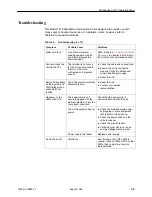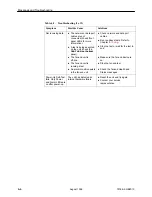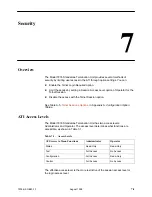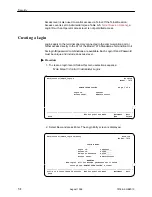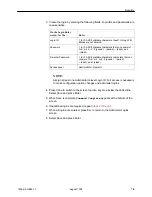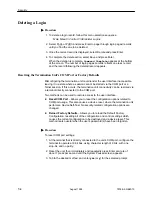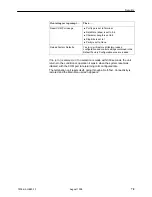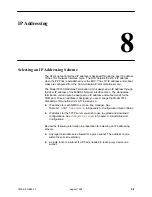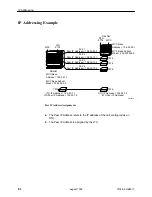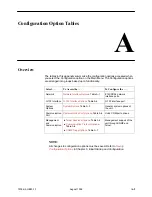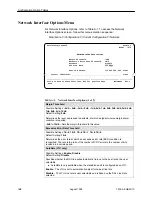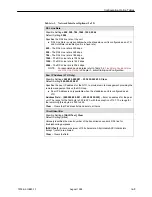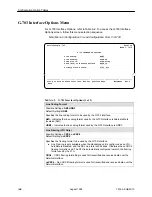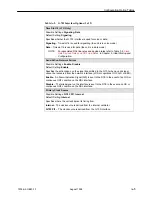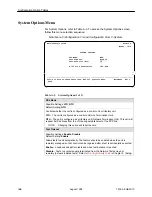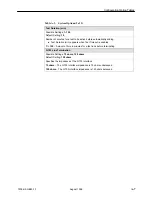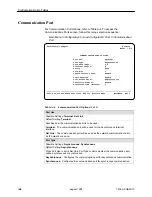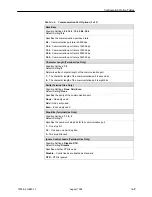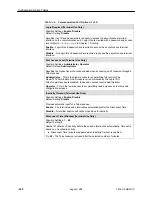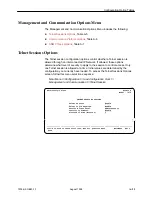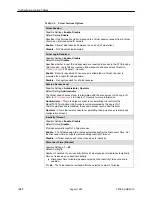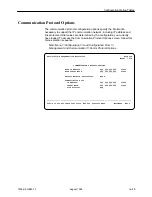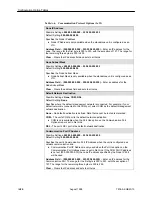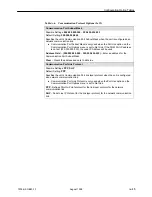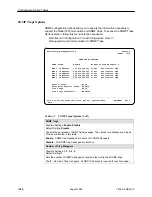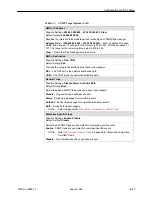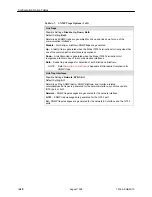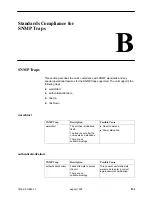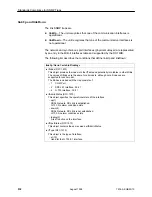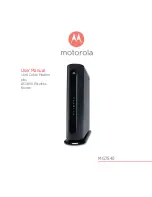
Configuration Option Tables
A-5
7976-A2-GB20-10
August 1998
Table A-2.
G.703 Interface Options (2 of 2)
Time Slot 16 (LTU Only)
Possible Settings: Signaling, Data
Default Setting: Signaling
Specifies whether the G.703 interface is used for voice or data.
Signaling – Timeslot 16 is used for signalling (the unit is in voice mode).
Data – Timeslot 16 is used for data (the unit is in data mode).
NOTE:
For associated DSL line rates and payload rates refer to Table 3-4,
Fixed
Rate Payload Rates and DSL Line Rates
, in Chapter 3,
Initial Startup and
Configuration.
Send AIS on Network Failure
Possible Settings: Enable, Disable
Default Setting: Enable
Specifies the action taken on the signal transmitted to the G.703 when a valid signal
cannot be recovered from the network interface (LOS or cognitions OOF, AIS, or EER).
Enable – An Alarm Indication Signal (AIS) is sent to the DTE in the event of an LOS or
continuous OOF condition on the DSL interface.
Disable – The failed signal on the interface is sent to the DTE in the event an LOS or
continuous OOF condition on the DSL interface.
Primary Clock Source
Possible Settings: G.703 Pt1, Internal
Default Setting: Internal
Specifies where the unit will derive its timing from.
Internal – The clock source is derived from the internal oscillator.
G.703 Pt1 – The clock source is derived from the G.703 interface.
Summary of Contents for Hotwire 7976
Page 56: ...Monitoring the Unit 4 14 7976 A2 GB20 10 August 1998 This page intentionally left blank...
Page 66: ...Testing 5 10 7976 A2 GB20 10 August 1998 This page intentionally left blank...
Page 78: ...Security 7 6 7976 A2 GB20 10 August 1998 This page intentionally left blank...
Page 104: ...Standards Compliance for SNMP Traps B 6 7976 A2 GB20 10 August 1998...
Page 112: ...Technical Specifications D 2 7976 A2 GB20 10 August 1998...

